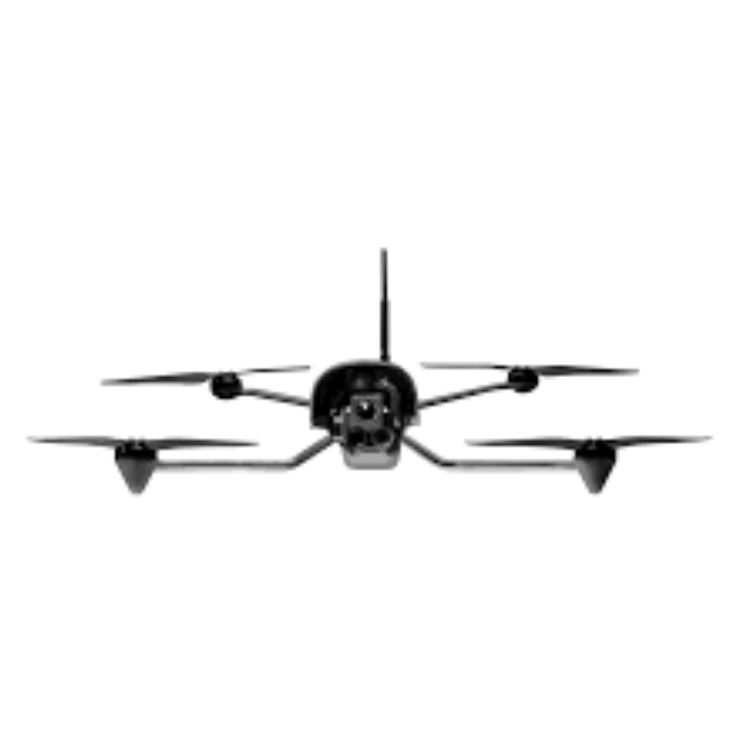
Military ISR drones are unmanned aerial vehicles designed specifically for intelligence, surveillance and reconnaissance tasks. These drones are used to collect real-time images and information on military targets, such as enemy forces, facilities and terrain, in order to provide the military with crucial information for their missions.
These drones have a number of advantages over traditional manned aircraft and spy technologies. A key advantage is the unobtrusive nature of these drones. They can fly at high altitudes without being detected, allowing them to gather information about enemy activities without being noticed.
Another advantage of these drones is that they are capable of performing a wide range of tasks, including collecting photos and videos of enemy positions and detecting movement or heat sources on the ground. This allows military personnel to quickly and efficiently gather important information about their targets, thus carrying out their missions more effectively.
Military ISR drones also have the advantage that they can be equipped with advanced sensors and communications technologies. For example, they can be equipped with infrared cameras, capable of taking images at night, and radar equipment, capable of detecting the location of enemy troops and equipment. In addition, they can be equipped with communication devices, such as satellite links, which allow them to transmit information to the command center in real time.
However, these drones also have some drawbacks. One major disadvantage is that they are vulnerable to malfunctions and hacking attacks. This can lead to loss of communication or control of the drone, rendering it inoperable or even crashing. In addition, military ISR drones face legal and ethical issues, such as privacy and the use of force.
One of the most widely used military ISR drones is the MQ-1 Predator drone, which is used by the United States and other NATO countries. Designed to be used for intelligence, surveillance and reconnaissance tasks, the MQ-1 Predator drone has the capacity to transmit information to the command center in real time. It is primarily used in monitoring enemy activity, gathering intelligence on terrorist organizations and in targeted attacks.
Another widely used military ISR drone is the RQ-4 Global Hawk, which is used by the United States, Australia, Japan and other NATO countries. The RQ-4 Global Hawk has a long range and can remain airborne for long periods of time, making it well suited for reconnaissance and surveillance. It can also be equipped with a wide range of sensors, including infrared cameras
